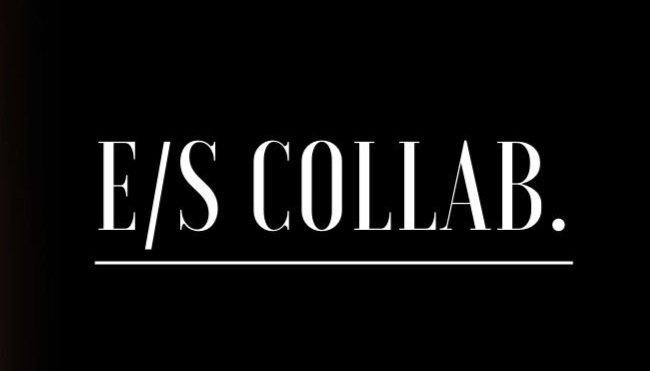Collaboration Agreements: The Prenup for the Creative Industry
Int. Swanky bar somewhere in Williamsburg.
Person A meets Person B, they get along great. Party A orders a martini and says “hey, let’s work together on this super awesome project that’s going to be seen by millions and loved by all!”. Party B sips on their whiskey sour and replies, “hell yeah!”. Fast forward 2 years, Party B decides to leave (lighting a fire under Party A’s already existing attachment issues), or Party A says, “you’re not pulling your weight”, or there’s a disagreement around the direction of the story. They both sit there ferociously texting back and forth over who is in the right (Party A feels they’ve always prioritized this project more than Party B has and Party B feels like Party A’s contributions have been trash). They ask themselves, what the hell happens next? Well, had there been a collaboration agreement in place, there would be a very clear path forward. But there wasn’t and now they’re scrambling to unwind a messy situation.
Collaboration Agreements might sound counter intuitive – after all, isn’t the bedrock of collaboration, trust? Totally. But when you’re dealing with what is essentially a business venture, it’s important to set some ground rules so that everyone’s on the same page and there’re no miscommunications down the line.
What is a collaboration agreement?
A collaboration agreement is an agreement between two or more people to work together on a film or tv project. It's a contract that describes the terms and conditions of a film or tv project, including who owns what, where it can be shown and for how much money. It should include information about who will own the intellectual property rights to any work created during development and production.
Here are a couple of helpful talking points to have with your fellow collaborators before jumping into bed together. Once you’re all in agreement, get it in writing!
1. Responsibilities
This is an easy way to manage everyone’s expectations and work more efficiently as a team! Figure out who is going to be responsible for what. Who will be the one pitching? Who will be the one sourcing finance? Who will the one responsible for the creative work? Will you all do it together or does everyone have a separate role? Essentially – what is each person bringing to the table?
2. Creative and Business Controls
Who is the decision maker here? Who has creative control and who has business control? It can be the same person, or it can be different people (which would make sense if one person is responsible for the story and the other person is responsible for the business). Or does everyone have an equal say?
3. How are rights going to be split?
Does one person own all rights to the work or is there a split? 50/50? 60/40? 10/90? It can be whatever you agree collectively – but make sure you figure it out before anyone puts pen to paper.
4. How will each collaborator get paid? And what is their portion of profit entitlement?
This usually follows in line with rights split, but not always. You can figure this out in good faith down the line or you can delineate it now.
5. Credits!
Based on the work expected to be done and each person’s responsibilities, what credit is each collaborator going to take and in what position? This can also be worked out later, or it can be worked out now.
6. What happens if one party decides to leave?
How are the rights that that collaborator owns handled? And under what circumstances can the other party or parties continue working on the project?
7. Other Stuff.
There’s a whole bunch of other considerations you could factor into collaborations - those boilerplate, customary terms of most creative agreements that get included at the end of a contract. Talk to professionals and colleagues, and find out what mistakes others made and what they wish they’d done differently - it’ll help you find what’s most valuable to you and what you’d like to protect.
Ultimately, collaboration agreements are an essential part of making sure everyone involved in the production gets what they need and deserves, whether it's financial compensation, credit or even just their voice being heard when making decisions about how the project will proceed. It’s an easy way to ensure that everyone is on the same page from day one. It’ll be the rule book that helps your creative project advance smoothly and in the (unlikely) event of a break up, it’ll let you know what happens next, who gets what and help you move on.
Disclaimer: This post should not be construed as legal, commercial or financial advice and should be used for informational purposes only.
